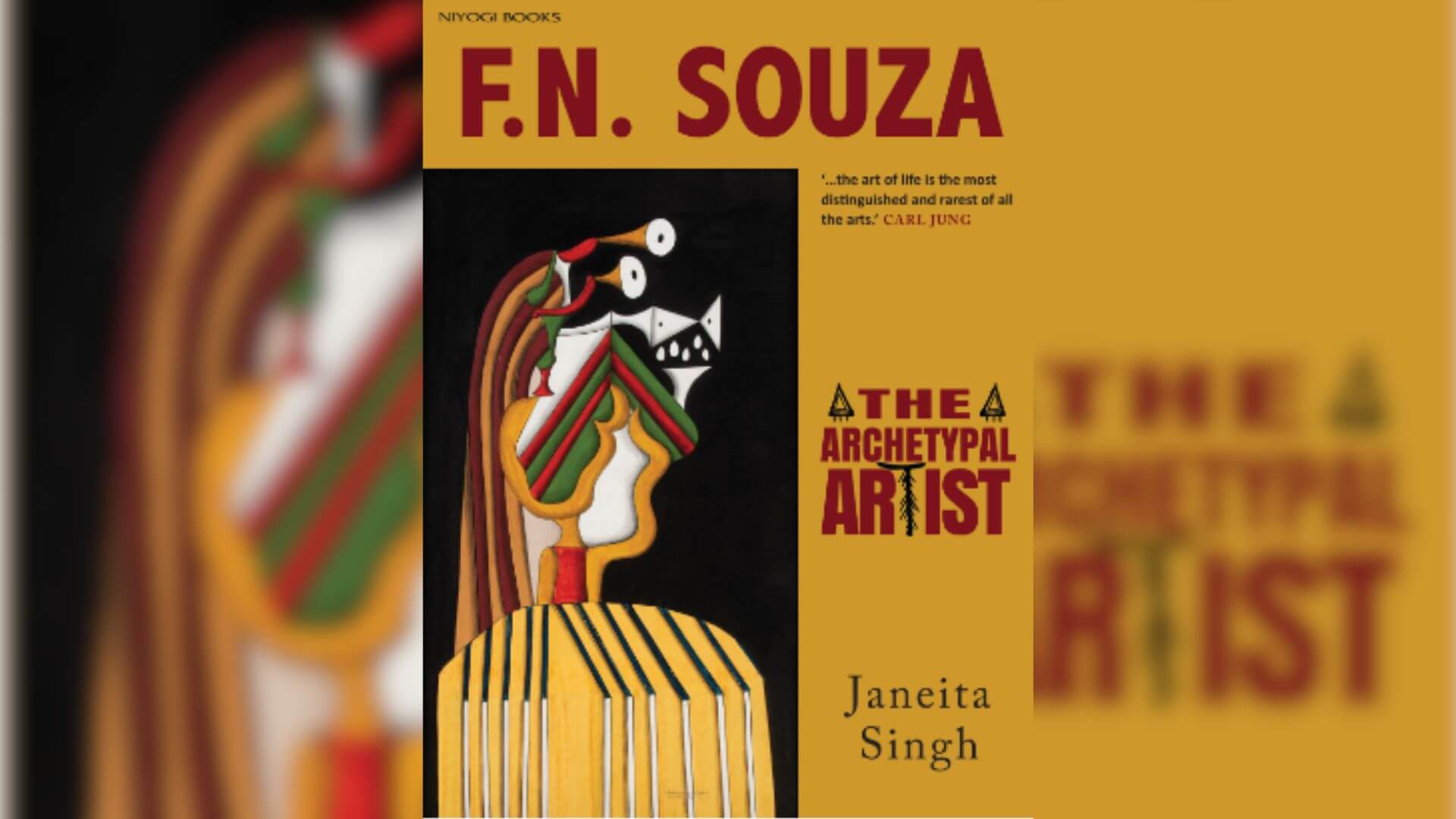
Culture
F. N. Souza: The Archetypal Artist

© amazon/ Amazon.in
I walked in one day because I saw the golden female nude through the rose-tinted window glass of the exhibition gallery. That was weird, I thought, seeing myself in the woman striking a nonchalant pose on the canvas. One might have otherwise expected the guilt-ridden, bashful Venus pudica types with a perpetual blush marking her countenance or a prevalent supine, spread-eagled, spineless she-form. They told me the famous (and in other ways infamous) artist F.N. Souza was dead.
A hush enveloped the gallery space that day. Gentle breeze wafted in playing with the blue-pink flush of sunlight through the jali wall, creating a pattern of tinged diamonds on the beige, tiled floor. Tubular cerulean-teal benches with sleek curved legs, placed in the centre of the rooms offered ease and comfort. The canvases of varied sizes clung to the cream wall, with lemony muslin curtains fluttering here and there. Music played, tinkling and tripping like trickling water from a drinking fountain. Intermittently a babble of voices would permeate the space, reaching a peak and then ebb out.
The gallery was full of voluptuous women. They were the artist’s nudes who stood tall and self-possessed in ivory lacquer-plated frames. While some had empty beatific intelligence on their faces, others stood gazing in a matter of fact way or caught ruptured in an agonizing moment. A few more stood laughing—was it maddening laughter or a triumphant whoop? But surprisingly not one seemed shy, skinny, shamefaced, self-conscious, self-effacing, shrinking or sheepish. An air of confidence infused the body language of the nudes. They weren’t titillating, sexually inviting or erotic in the clichéd sense, but rather grotesquely ugly at times. They seemed to portray women more naturally than any other female portraits I had seen through Western art history. They were definitely more inclined towards sculptures of Indian temple art, but with a distinctive modernist twist.
The golden nude wasn’t pure golden yellow like the sunflower is yellow, but butterscotch bumblebee yellow. Peering closely at the impasto application of paint, I was suddenly startled to hear the nudes speak against a backdrop of a babble which had invaded the gallery space once again. I was at the receiving end, as the voices originated from varied corners of the gallery. The nudes seemed to speak together, in quick succession one after the other and it sounded like a chant that had begun long ago, probably in the middle of the last century—a unanimous craving for someone to hear them sing. I stood rooted to the spot, primevally bewitched.
Each canvas was like the marriage bed in Donne’s poem. The nudes chorused that their bloods—that of the artist and their own had mingled with “no sin, nor shame nor loss of maidenhead.” The most powerful emotion rather was that of the terror of mutual sexualities—obsessive drives that are generally over-heaped with myths, the mind being a palimpsest of places, culture and experiences.
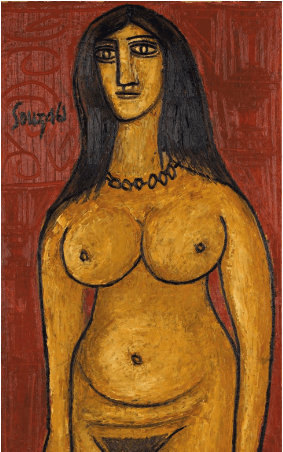
Francis Newton Souza, Nude Standing in Front of Brocade, 1961, Oil on canvas, 40.25 x 24 in © Estate of F.N. Souza. All rights reserved, DACS 2023. Photo courtesy: Christie’s.
The nudes chimed, what Souza liked to do was to sound his “barbaric yawp” clearly and with all his might. Deeply connected to nature, he revelled in being one with the sea, the breeze, the waves, the flowers and the trees. In complete rhythm with forces of nature, animate and inanimate matter, he expressed his innate vocabulary on his canvas with vitality and vigour.
Watching those nudes that day and listening to their chant, I felt as if the whole place was being illuminated by some other earthly light. Unparalleled in history, here was an artist who really wanted to mingle and have a real conversation. Here was someone who had been privy to those hush-hush feminine affairs, where men had never wanted to go or see.
The nudes hummed along:
Unscrew the locks from the doors! Unscrew the doors themselves from their jambs!
Whoever degrades another degrades me,
And whatever is done or said returns at last to me…
I speak the pass-word primeval, I give the sign of democracy, By God! I will accept nothing which all cannot have their counterpart of on the same terms.
—Walt Whitman
… Beyond scopophilia, I became “a woman looking at Souza look at women.” Gazing at the nudes with fresh eyes, I met Dora Marsden’s13 “Freewomen,” women who had walked a long way ahead from being bondswomen—those ordinary women shackled by convention, pawns in patriarchal history (as wives, mothers, sisters, spinsters, prostitutes or other gendered selves)—giving birth to “individual ends in themselves.” But the lay observer groomed a voyeur on three-millennia-old patriarchal art, where female sexuality served man’s fancy, fantasy and the F word, obviously did not get it. On the contrary, they were repelled by Souza’s explicit imagery of women’s sexuality—love, lust, giving birth and sexual freedom—a human right to be her egotist self.
[Niyogi Books has given Fair Observer permission to publish this excerpt from F. N. Souza: The Archetypal Artist, Janeita Singh, Niyogi Books, 2024.]
The views expressed in this article are the author’s own and do not necessarily reflect Fair Observer’s editorial policy.
Support Fair Observer
We rely on your support for our independence, diversity and quality.
For more than 10 years, Fair Observer has been free, fair and independent. No billionaire
owns us, no advertisers control us. We are a reader-supported nonprofit. Unlike many other
publications, we keep our content free for readers regardless of where they live or whether
they can afford to pay. We have no paywalls and no ads.
In the post-truth era of fake news, echo chambers and filter bubbles, we publish a plurality
of perspectives from around the world. Anyone can publish with us, but everyone goes through
a rigorous editorial process. So, you get fact-checked, well-reasoned content instead of
noise.
We publish 2,500+ voices from 90+ countries. We also conduct education and training programs
on subjects ranging from digital media and journalism to writing and critical thinking. This
doesn’t come cheap. Servers, editors, trainers and web developers cost
money.
Please consider supporting us on a regular basis as a recurring donor or a
sustaining member.
Will you support FO’s journalism?
We rely on your support for our independence, diversity and quality.
The IRS recognizes Fair Observer as a section 501(c)(3) registered public charity
(EIN: 46-4070943), enabling you to claim a tax deduction.

Support Fair Observer by becoming a sustaining member
Fair Observer, 461 Harbor Blvd, Belmont, CA 94002, USA
Total Views: 225
This post was originally published on this site be sure to check out more of their content

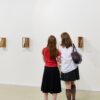


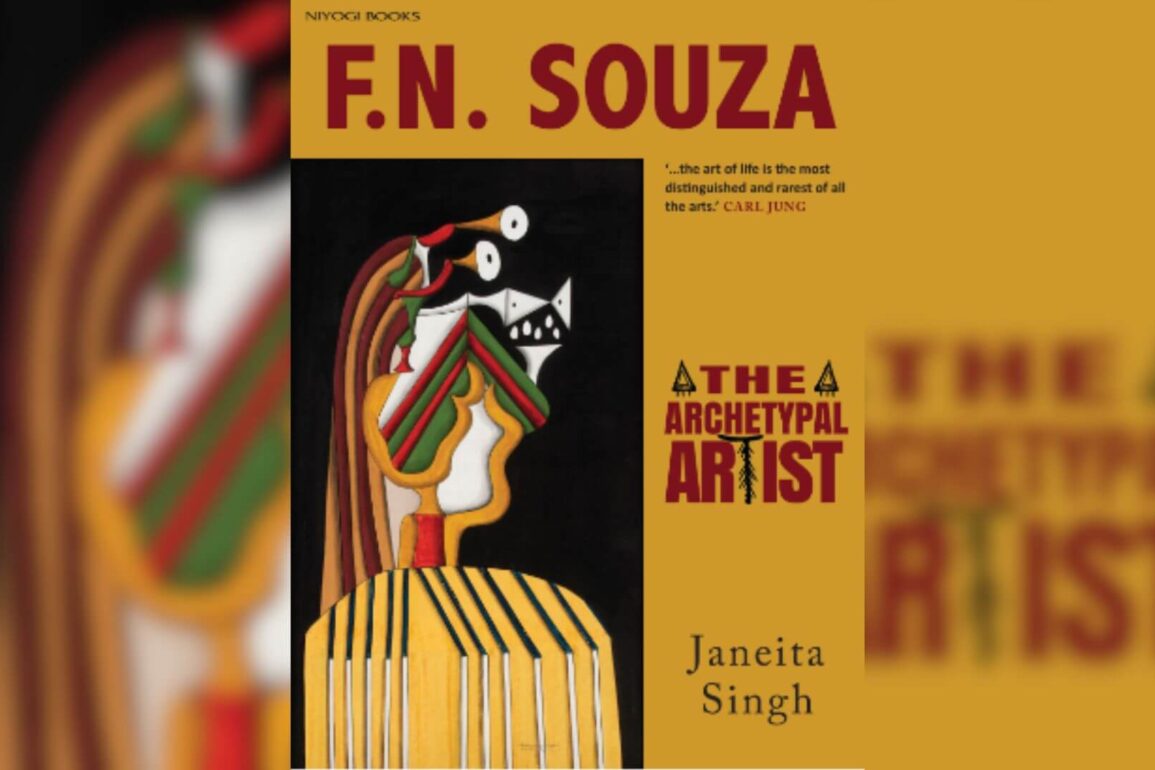



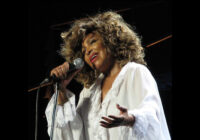
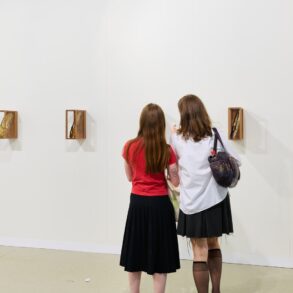
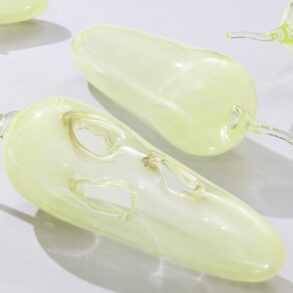


Comment
members can comment. Please login to comment. Login